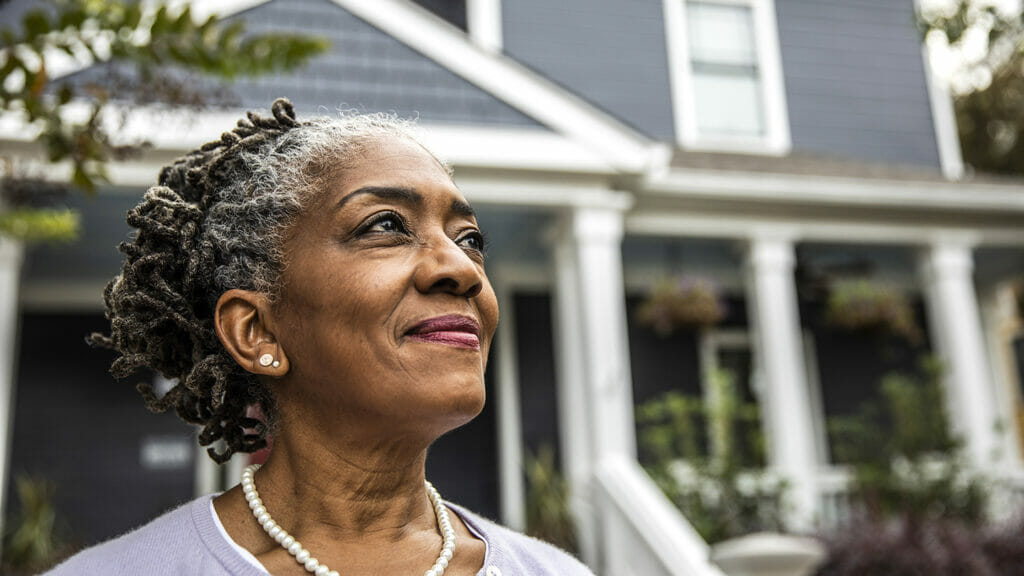

An evaluation of a housing with services model for older adults showed that the program was thwarted by delays, data and the COVID-19 pandemic. But it also revealed promise for positively affecting the lives of affordable senior housing residents and reinforces the importance of service coordinators.
Last week, the Department of Housing and Urban Development published an evaluation of its three-year Supportive Services Demonstration in Integrated Wellness in Supportive Housing, also known as IWISH. The pilot program aimed to test the ability of an enhanced supportive services model to help older residents of affordable housing properties age in place and stay out of emergency departments, hospitals and nursing homes.
HUD originally announced that it was seeking affordable housing communities to participate in the pilot project in 2016 and announced the selected Section 202 and other properties in 2017.
According to a blog post from LeadingAge Vice President of Housing and Aging Services Policy Linda Couch, more than 750 HUD-assisted affordable housing communities applied to participate in the demonstration, overwhelming the grant processing team. That response, she added, “spoke to the need for more resources to connect affordable senior housing to community-based services and supports.”
The IWISH demonstration funded a full-time resident wellness director and a part-time wellness nurse to work at 40 HUD-assisted affordable housing sites. Those two staff members engaged residents and implemented a formal strategy for coordinating services and supporting resident wellness.
According to the evaluation, the third year of the demonstration coincided with the onset of the pandemic, which temporarily disrupted activities and fundamentally affected healthcare delivery and demand nationwide. Originally funded to end in September 2020, Congress extended the pilot until 2023.
Although HUD’s analysis of the pilot did not find a statistically significant effect on the main outcomes being tested, it did find that the model can affect measures of resident wellness when it is fully implemented. The success of the IWISH model, HUD said, depends on the availability of adequate social and health services in the community. The findings imply that the IWISH model may be effective at reducing emergency department use for residents who have greater healthcare needs, as well as the positive value of the existing HUD multifamily service coordinator program.
The study team also said it was hampered by a lack of data. The team was unable to access Medicare data for half of the residents participating in the program. HUD also found that some properties only implemented some components of the program, and that several properties were unable to hire wellness directors or nurses for several months during the pilot.
“Qualitatively, we know from the evaluation that residents at IWISH sites felt more connected, more understood, more served — and more seen,” Couch wrote. “We also can explicitly see the real value of having a service coordinator in every HUD-assisted senior housing community in the evaluation.
“Service coordinators matter, and having a clinical person like a wellness nurse on site boosts the uptake and effectiveness of what residents get in their housing community,” she said.
The HUD study team plans to conduct interviews with residents and wellness staff members during the extension period to better understand which factors could affect a resident’s participation in IWISH and explore which elements of the model are most beneficial.
Earlier this year, HUD released new guidance reinforcing the importance of supportive service programs for older adults living in subsidized affordable housing. A 2015 study by LeadingAge and the Lewin Group found that the availability of an on-site service coordinator, such as a social worker, at federally subsidized seniors housing reduced hospital admissions among residents by 18%.


